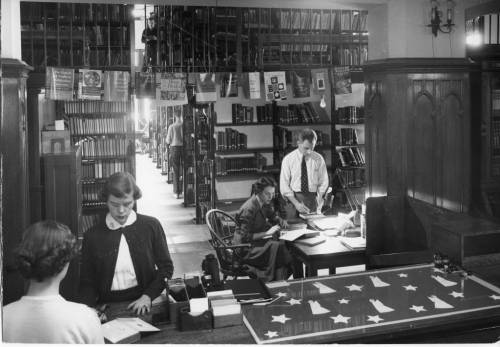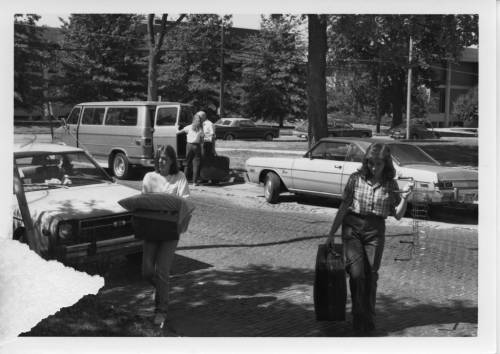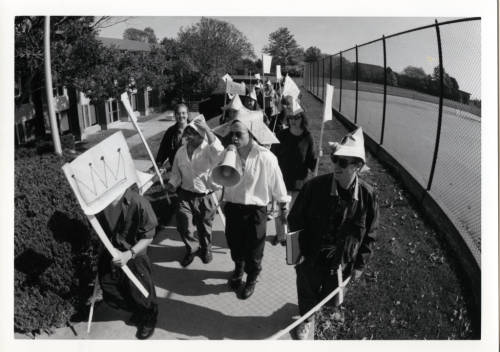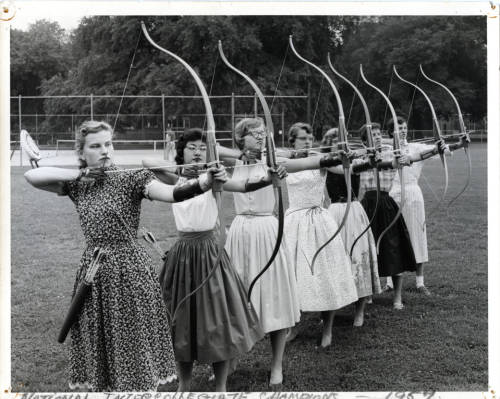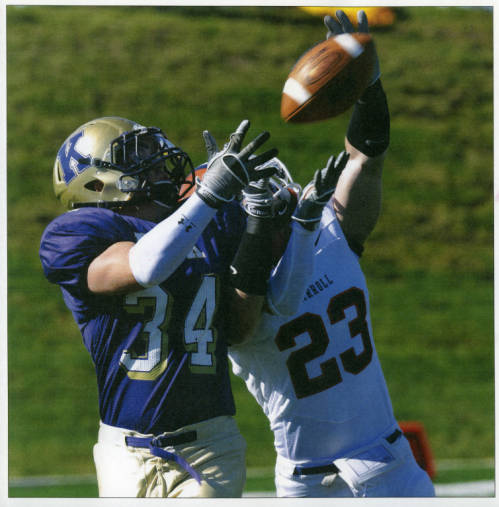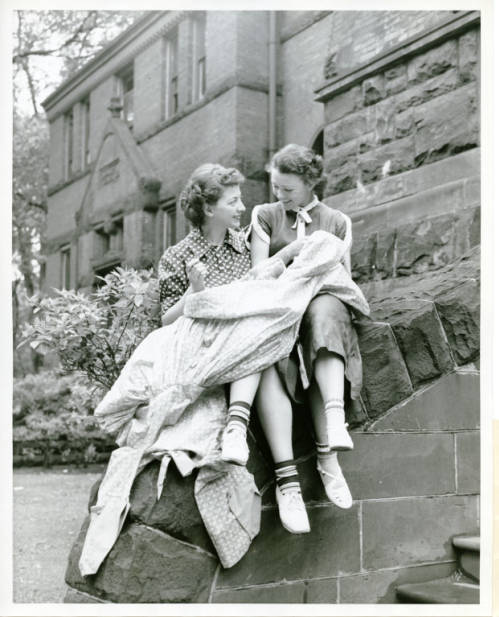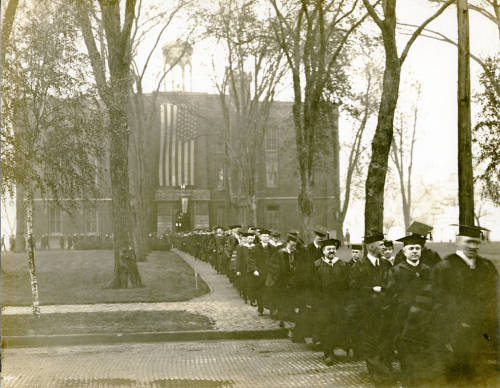With September coming to a close, there are just a few more days to celebrate National Library Card Sign-up Month. The monthly event got its start in 1987 by the American Library Association (ALA) as a way to spotlight the library card and the important role it can play in a child’s education. Now in its 35th year, National Library Card Sign-up Month marks a month-long push by the American Library Association to encourage users of all ages to visit their local library, sign up for a library card, and discover the myriad ways in which libraries enrich their local communities.
No matter a user’s background or circumstance, signing up for a library card provides patrons with critical access to technology tools, information resources, and local programming that can transform lives and strengthen communities. As part of the month’s festivities, the ALA held a promotion on Instagram and Twitter using the hashtag #LibrariesEmpower to find out firsthand how libraries can empower individuals as they pursue their dreams and passions. While the promotion is no longer active, users can explore the hashtag on social media and see the many services their local library may offer.
To commemorate National Library Card Sign-up Month at the Illinois Digital Heritage Hub, we’d like to highlight items that speak to the changing format of the library card itself. From paper slips to digital cards, how users access library resources evolves to keep pace with the current age. A similar shift may also be seen in the types of promotional materials organizations use in motivating patrons to walk through a library’s doors. These items reflect that no matter the decade, people rely on libraries to meet a variety of information needs, whether that’s finding specific scientific data or the most recent book by a favorite popular author. Enjoy the highlights below, and sign up for a library card today!
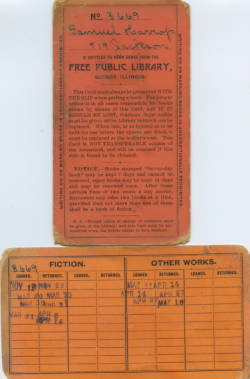
Free Public Library card. [n.d.] Quincy Public Library. Quincy Area Historic Photo Collection. Courtesy of the Quincy Public Library.
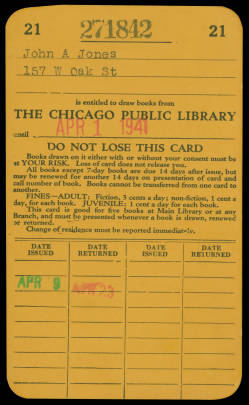
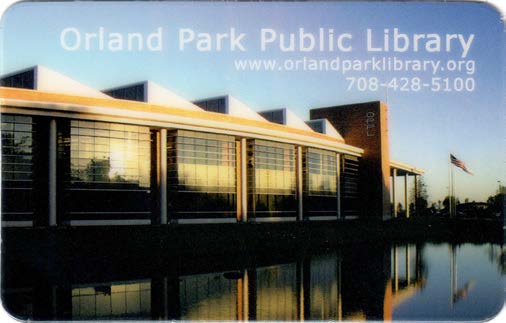

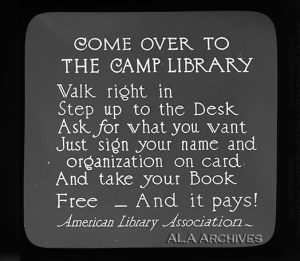

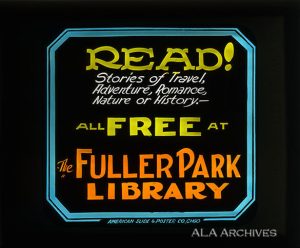
Want to see more?
View more items in the IDHH related to all kinds and uses of library cards as well as items related to the American Library Association.
To learn more about Library Card Sign-up Month, visit the American Library Association’s webpage about the celebration.
